1. Glushakova LG, Alto BW, Kim MS, Wiggins K, Eastmond B, Moussatche P, et al. Optimization of cationic (Q)-paper for detection of arboviruses in infected mosquitoes.
J Virol Methods 2018;261:71-9.DOI:
10.1016/j.jviromet.2018.08.004. PMID:
30099053. PMCID:
PMC6168196.
2. Cecilia D, Kakade M, Alagarasu K, Patil J, Salunke A, Parashar D, et al. Development of a multiplex real-time RT-PCR assay for simultaneous detection of dengue and chikungunya viruses.
Arch Virol 2015;160: 323-7.DOI:
10.1007/s00705-014-2217-x. PMID:
25233940.
3. Mukherjee S, Dutta SK, Sengupta S, Tripathi A. Evidence of dengue and chikungunya virus co-infection and circulation of multiple dengue serotypes in a recent Indian outbreak.
Eur J Clin Microbiol Infect Dis 2017;36: 2273-9.DOI:
10.1007/s10096-017-3061-1. PMID:
28756561.
4. Dash PK, Parida M, Santhosh SR, Saxena P, Srivastava A, Neeraja M, et al. Development and evaluation of a 1-step duplex reverse transcription polymerase chain reaction for differential diagnosis of chikungunya and dengue infection.
Diagn Microbiol Infect Dis 2008;62:52-7.DOI:
10.1016/j.diagmicrobio.2008.05.002. PMID:
18583086.
5. Lopez-Jimena B, Wehner S, Harold G, Bakheit M, Frischmann S, Bekaert M, et al. Development of a single-tube one-step RT-LAMP assay to detect the Chikungunya virus genome.
PLoS Negl Trop Dis 2018;12:e0006448.DOI:
10.1371/journal.pntd.0006448. PMID:
29813065. PMCID:
PMC5973553.
6. Rianthavorn P, Wuttirattanakowit N, Prianantathavorn K, Limpaphayom N, Theamboonlers A, Poovorawan Y. Evaluation of a rapid assay for detection of IgM antibodies to chikungunya. Southeast Asian J Trop Med Public Health 2010;41:92-6.
7. Kam YW, Lee WW, Simarmata D, Harjanto S, Teng TS, Tolou H, et al. Longitudinal analysis of the human antibody response to Chikungunya virus infection: implications for serodiagnosis and vaccine development.
J Virol 2012;86:13005-15.DOI:
10.1128/JVI.01780-12. PMID:
23015702. PMCID:
PMC3497641.
8. Bhatnagar S, Kumar P, Mohan T, Verma P, Parida MM, Hoti SL, et al. Evaluation of multiple antigenic peptides based on the Chikungunya E2 protein for improved serological diagnosis of infection.
Viral Immunol 2015;28:107-12.DOI:
10.1089/vim.2014.0031. PMID:
25412351.
9. Tripathi NK, Priya R, Shrivastava A. Production of recombinant Chikungunya virus envelope 2 protein in
Escherichia coli. Appl Microbiol Biotechnol 2014;98:2461-71.DOI:
10.1007/s00253-013-5426-4. PMID:
24337252.
11. Favier AL, Gout E, Reynard O, Ferraris O, Kleman JP, Volchkov V, et al. Enhancement of Ebola Virus Infection via Ficolin-1 Interaction with the Mucin Domain of GP Glycoprotein.
J Virol 2016;90:5256-69.DOI:
10.1128/JVI.00232-16. PMID:
26984723. PMCID:
PMC4934759.
12. Gout E, Garlatti V, Smith DF, Lacroix M, Dumestre-Pérard C, Lunardi T, et al. Carbohydrate recognition properties of human ficolins: glycan array screening reveals the sialic acid binding specificity of M-ficolin.
J Biol Chem 2010;285:6612-22.DOI:
10.1074/jbc.M109.065854. PMID:
20032467. PMCID:
PMC2825457.
13. Liu Y, Endo Y, Iwaki D, Nakata M, Matsushita M, Wada I, et al. Human M-ficolin is a secretory protein that activates the lectin complement pathway.
J Immunol 2005;175:3150-6.DOI:
10.4049/jimmunol.175.5.3150. PMID:
16116205.
14. Kjaer TR, Hansen AG, Sørensen UB, Holm AT, Sørensen GL, Jensenius JC, et al. M-ficolin binds selectively to the capsular polysaccharides of
Streptococcus pneumoniae serotypes 19B and 19C and of a
Streptococcus mitis strain.
Infect Immun 2013;81:452-9.DOI:
10.1128/IAI.01148-12. PMID:
23184524. PMCID:
PMC3553806.
15. Liu J, Ali MA, Shi Y, Zhao Y, Luo F, Yu J, et al. Specifically binding of L-ficolin to N-glycans of HCV envelope glycoproteins E1 and E2 leads to complement activation.
Cell Mol Immunol 2009;6:235-44.DOI:
10.1038/cmi.2009.32. PMID:
19728924. PMCID:
PMC4002714.
16. Metz SW, Geertsema C, Martina BE, Andrade P, Heldens JG, van Oers MM, et al. Functional processing and secretion of Chikungunya virus E1 and E2 glycoproteins in insect cells.
Virol J 2011;8:353.DOI:
10.1186/1743-422X-8-353. PMID:
21762510. PMCID:
PMC3162542.
18. Thiemmeca S, Tamdet C, Punyadee N, Prommool T, Songjaeng A, Noisakran S, et al. Secreted NS1 Protects Dengue Virus from Mannose-Binding Lectin-Mediated Neutralization.
J Immunol 2016;197:4053-65.DOI:
10.4049/jimmunol.1600323. PMID:
27798151. PMCID:
PMC5123808.
19. Oh YK, Joung HA, Han HS, Suk HJ, Kim MG. A three-line lateral flow assay strip for the measurement of C-reactive protein covering a broad physiological concentration range in human sera.
Biosens Bioelectron 2014;61:285-9.DOI:
10.1016/j.bios.2014.04.032. PMID:
24906087.
20. Watanabe Y, Ito T, Ibrahim MS, Arai Y, Hotta K, Phuong HV, et al. A novel immunochromatographic system for easy-to-use detection of group 1 avian influenza viruses with acquired human-type receptor binding specificity.
Biosens Bioelectron 2015;65:211-9.DOI:
10.1016/j.bios.2014.10.036. PMID:
25461160. PMCID:
PMC7125538.
21. Lee S, Mehta S, Erickson D. Two-Color Lateral Flow Assay for Multiplex Detection of Causative Agents Behind Acute Febrile Illnesses.
Anal Chem 2016;88:8359-63.DOI:
10.1021/acs.analchem.6b01828. PMID:
27490379. PMCID:
PMC5396465.
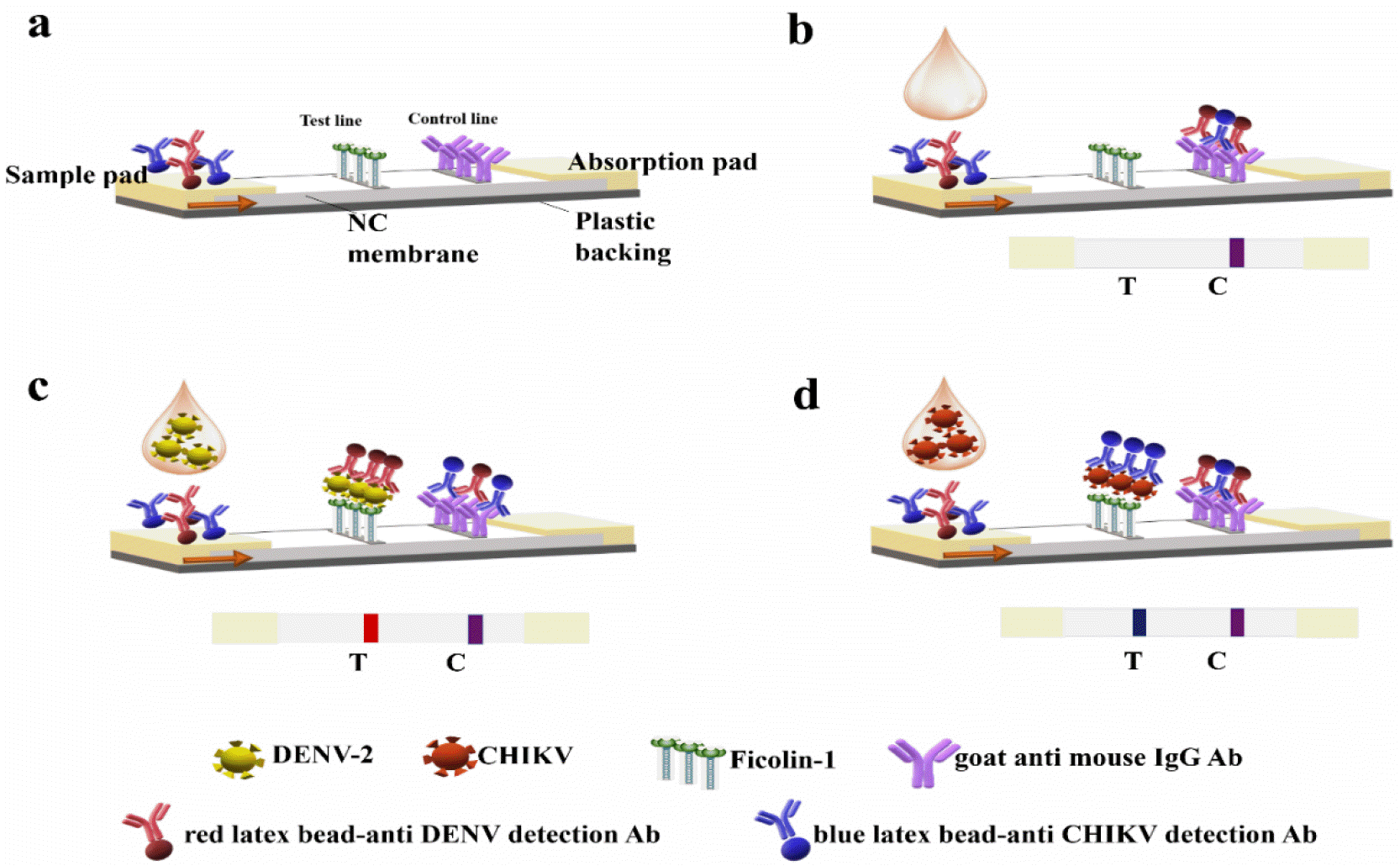
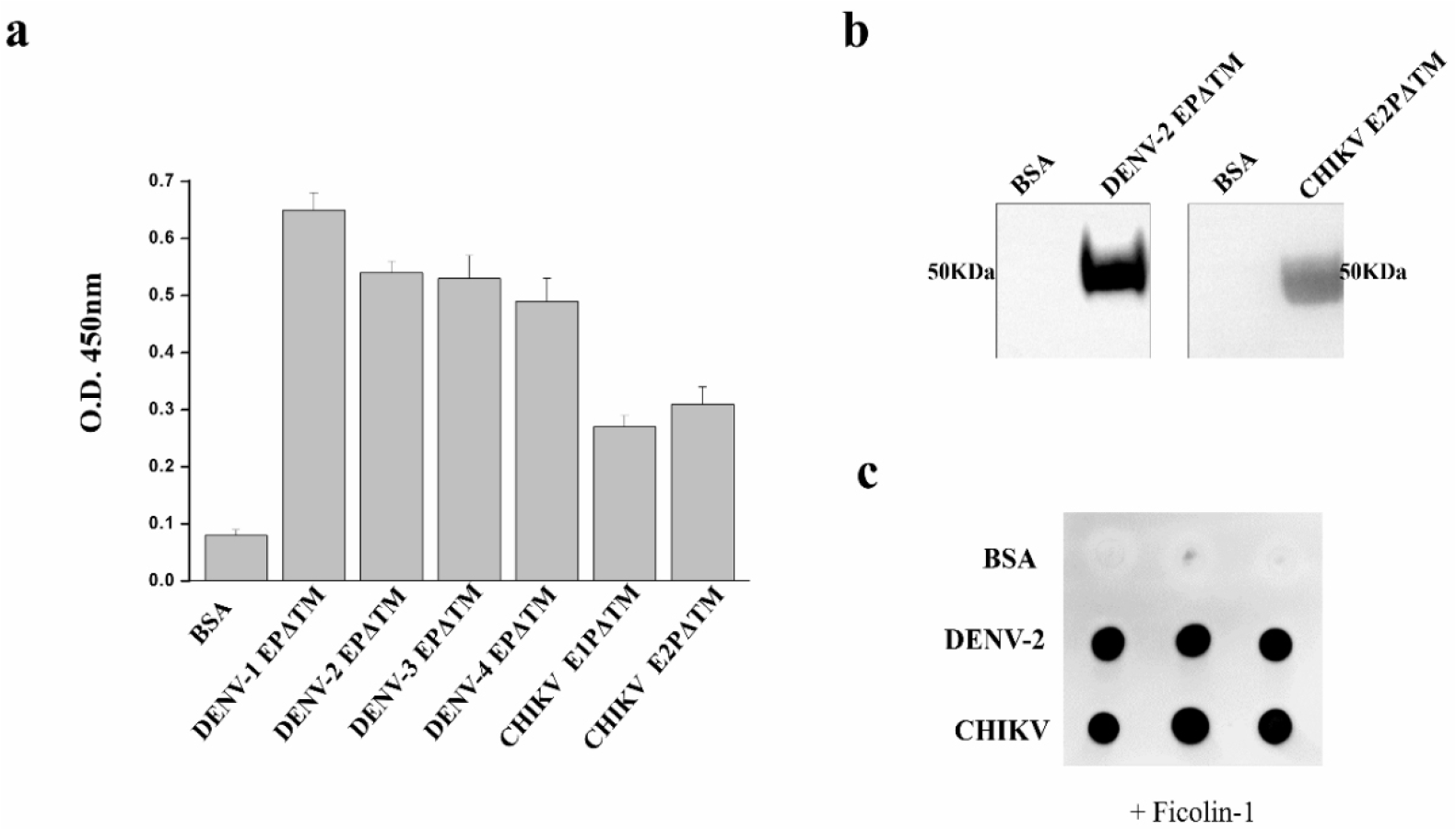
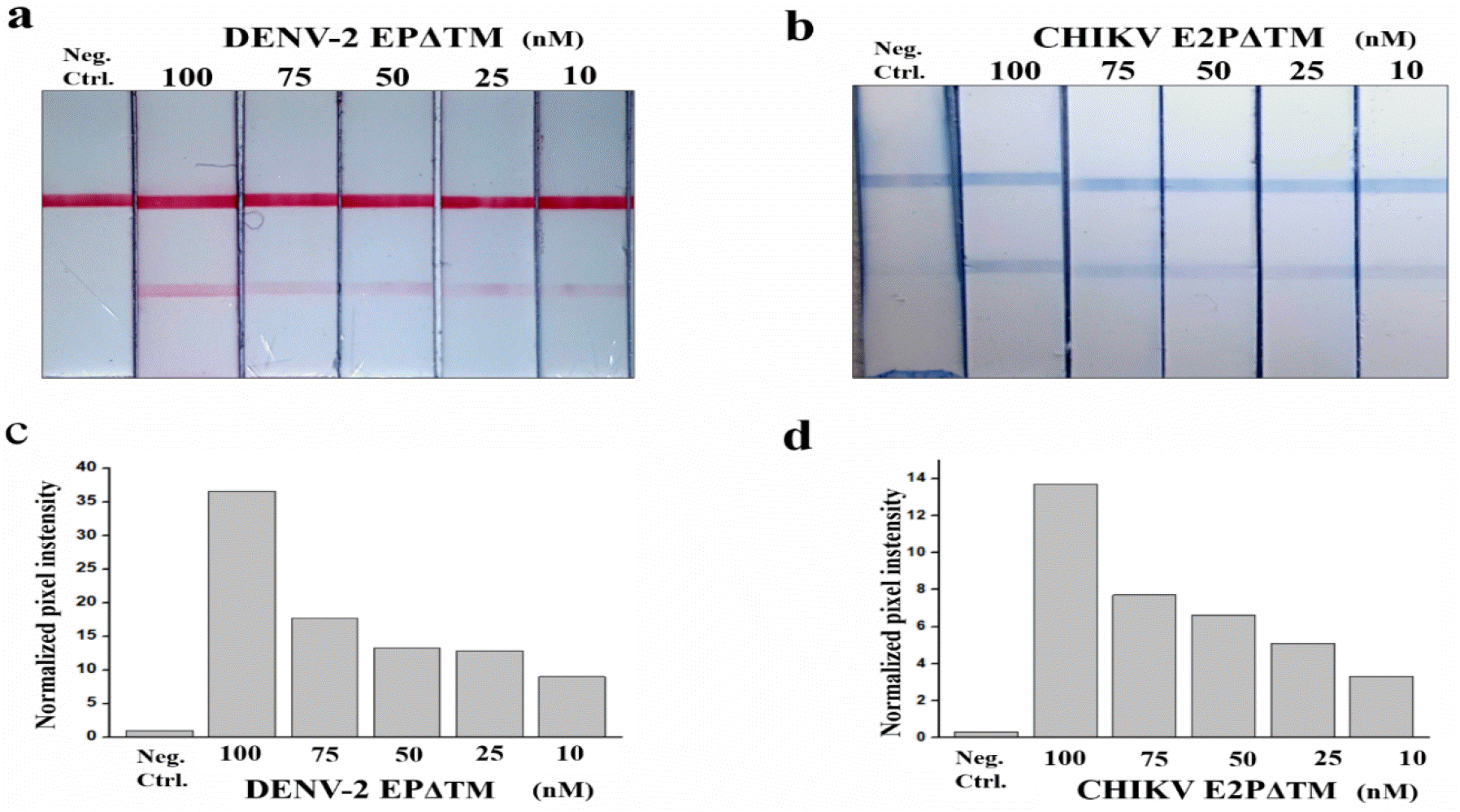
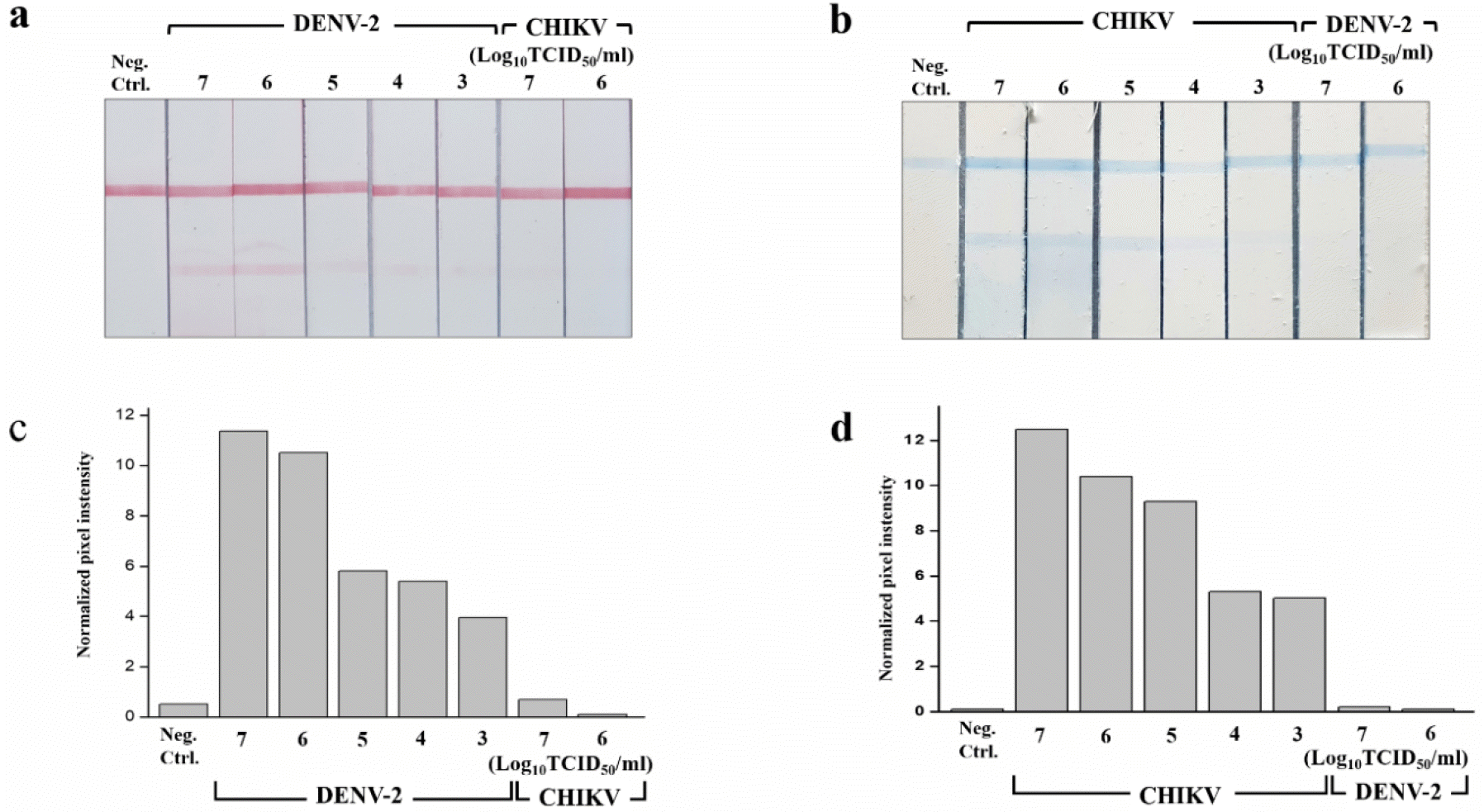
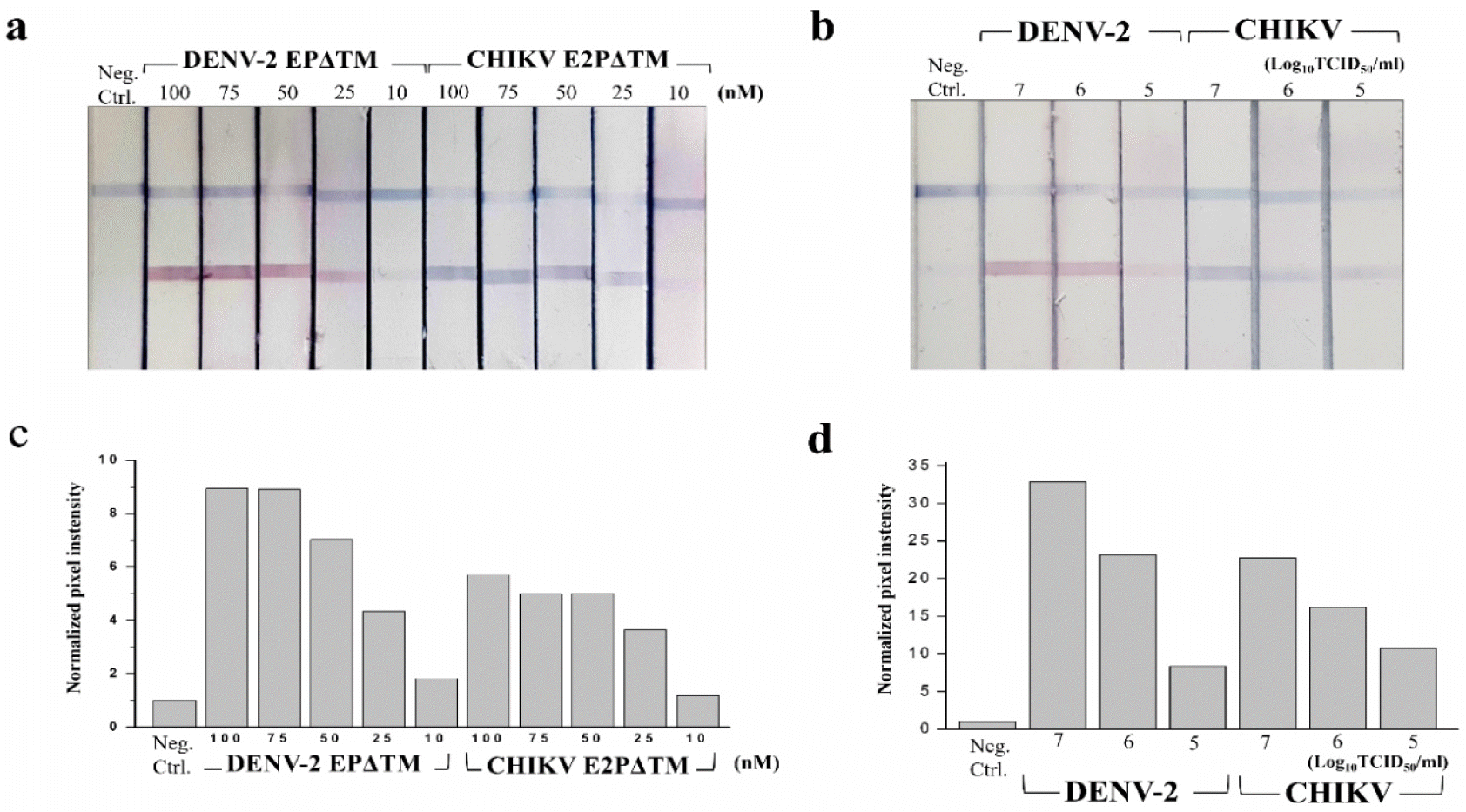




 PDF
PDF Citation
Citation Print
Print


 XML Download
XML Download